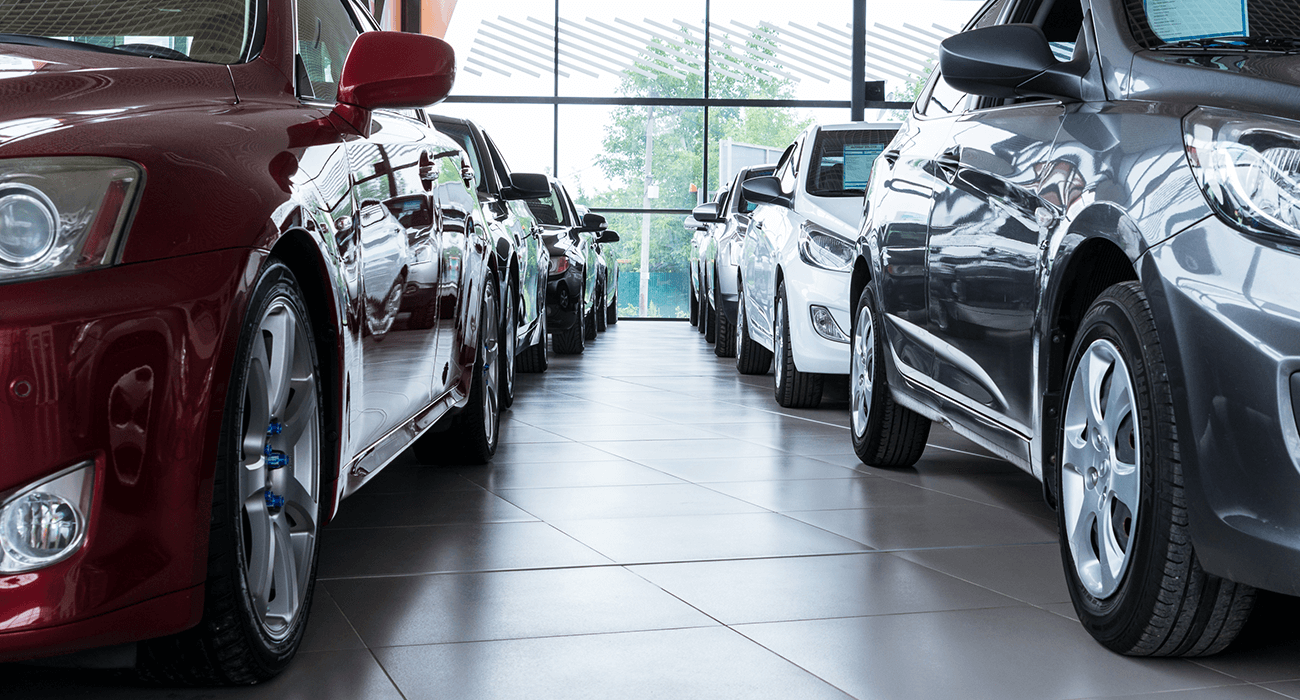What Is Leasing?
Leasing is simply an alternate means of financing property, such as an automobile. When leasing an automobile, the lessor retains ownership. During the contract period, fixed payments are made and the car is returned on a future date that is stated in the agreement. At the end of the lease, you are expected to return the vehicle with only a certain amount of miles and with only normal wear and tear.You will have to pay for any damage or extra mileage when you turn in the vehicle.The lessee also has the right to purchase the vehicle for the residual value at the end of the lease.
Leasing is an established concept in the business community that has long been used to finance buildings, equipment and vehicles. Vehicle leasing is fairly new for consumers and in many ways a mysterious and confusing subject. By the time you finish this tutorial, you should have a fairly good understanding of leasing, and should be comfortable with the concept.
Why has leasing become increasingly popular over the past 15 to 20 years?
- In the mid 1980s, the government imposed “Luxury Tax Limitations” on the write-off of business use vehicles. The tax laws began to favor leasing in many situations.
- In the late 1980s, the government eliminated the tax deduction for interest on vehicle loans. This increased the cost of ownership.
- Savvy consumers began to realize that there were better uses of their cash than investing in a depreciating asset such as a car.
- A lease payment is typically smaller than the payment for the purchase of the same vehicle. In a lease, you pay only for the value of the vehicle used during the lease. Under a purchase agreement, you would pay for the entire vehicle, regardless of the amount of use or final value.
- Businesses and individuals have been attracted to leasing because no cash investment is required. A lease usually asks for a small refundable security deposit and the first month’s lease payment, with no down payment. Licensing and registration are simplified and, as the vehicle is “turned in” at the end of the lease, there is an easy disposal of the old vehicle.
- As the cost of vehicles has continued to increase, people oftentimes couldn’t afford the loan payment on the vehicle of their choice and turned to leasing with its lower payments. However, we always discourage customers from acquiring more car than they can afford.

